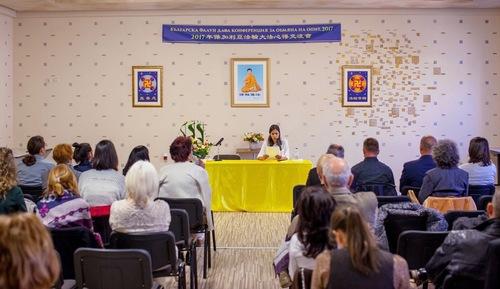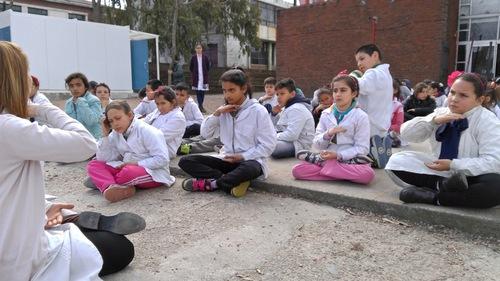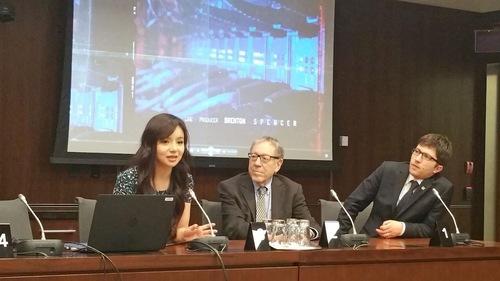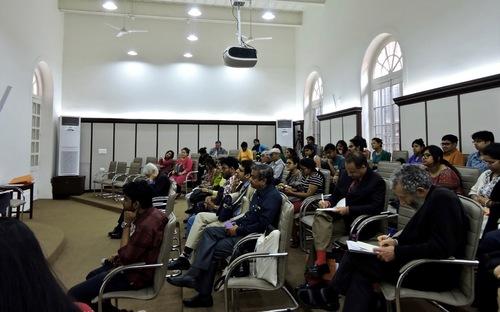It’s been nearly two decades since computers have been able to beat the best human chess players. Since then, the best algorithms have only improved, such that the leading chess players in the world get walloped in a head-to-head match with a machine, and can barely scrape by when the machine is given a severe handicap.
Still, the leading chess programs don’t play chess like humans do, and rely on brute force calculation—mapping hundreds of millions of scenarios per second when deciding which move to make—instead of intuition or wisdom.
This has led some observers to say that chess programs aren’t really playing chess at all.
Human chess players are often able to assess a situation at a glance by building a knowledge of generalities and their exceptions, but this has been difficult to encode into computers, which must usually rely on universal rules.
Now, a group of researchers at the Imperial College London have built an algorithm that can learn how to play chess by itself instead of relying on hard rules—and consequently, it played more like a human, and required far less computational processing to achieve the same level of skill as other chess programs.
The algorithm was, unsurprisingly, a deep learning one. Deep learning algorithms have been a mainstay of artificial intelligence (AI) innovation over the past decades, making profound advances in image and voice recognition for companies like Google and Facebook, and have even been deployed to perform oddities like learning to paint in the style of old and new masters.
What differentiates deep learning algorithms from conventional programs is that the former learns how to behave by training itself on a data-set instead of simply executing a set of rules. For example, training an algorithm to distinguish between a car seat and a steering wheel involves feeding it thousands of images of labeled pictures of seats and wheels.
Chess is a little trickier. Feeding it the data of recorded matches wouldn’t work for the same reason a chess player can’t get great just by observing how others play—there’s no understanding of the reason behind each decision. Instead, the program, called Giraffe, plays against itself, and is assigned other chess programs as tutors that give Giraffe “feedback” in regular intervals through the game, allowing the program to improve over time.





